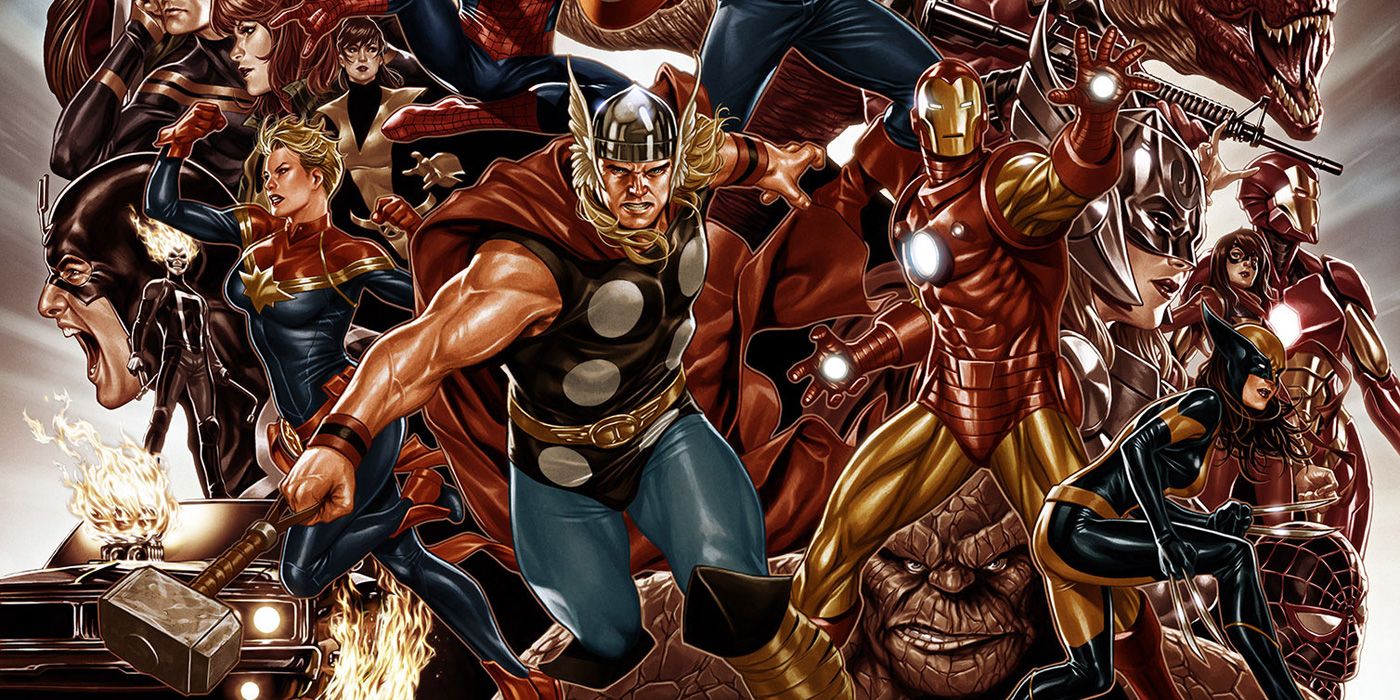First announced at C2E2 back in April, this fall's Marvel Legacy will spotlight popular heroes and return long-running titles to their original numbering. According to Marvel Comics Editor-in-Chief Axel Alonso, Marvel Legacy -- which kicks off next week -- is also the final chapter in the publisher's larger, overarching plan.
“Marvel Legacy is Act 3 of a larger plan for the Marvel Universe,” Alonso told Entertainment Weekly. “In Act 2, we took a lot of our iconic heroes off the playing field, replaced them with either new, young characters -- like Riri Williams or Amadeus Cho -- or familiar characters -- Jane Foster or Sam Wilson -- and saw what types of stories emerged: Jane Foster as Thor, Sam Wilson as Captain America, Amadeus Cho as the Hulk. The return of the classic characters was inevitable, of course. We knew that, we wanted that, and we planned for that. That’s what Legacy is about: It sets the stage not only for the return of many of the classic characters but for the next stage in the lives of the newer characters. Now we find out if the Marvel Universe is big enough for all of them.”
RELATED: Original Generation X Team Reuniting for Marvel Legacy
Riri Williams and Amadeus Cho replacing Iron Man and the Hulk are relatively recent changes to Marvel's status quo, so it's not too far outside the realm of possibilities to believe that those changes were made with the Marvel Legacy endgame in mind. However, both Jane Foster and Sam Wilson took up the respective mantles of Thor and Captain America back in 2014. Based on Alonso's comments, that would mean Marvel Legacy, or at least some form of it, has been in the works for over three years.
The Marvel Legacy initiative kicks off September 27 with Marvel Legacy #1, a 50-page one-shot from writer Jason Aaron and artist Esad Ribic that promises to tell the “startling origin of the Marvel Universe” and underscore how “it’s all connected.”

